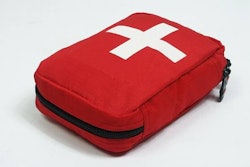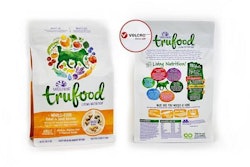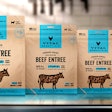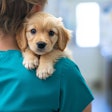In the aftermath of the 9/11 terrorist attacks, the government asked animal agriculture industries to release guidelines to its manufacturing facilities regarding the protection of the nation's agriculture assets. The American Feed Industry Association (AFIA) developed the 2012 Bioterrorism Awareness Guidelines, which it recently redesigned as a broadened biosecurity document for the feed and ingredient manufacturing industries.
"During the last two years, AFIA discussed the development of a foreign animal disease risk model with the Animal and Plant Health Inspection Service, formed a working group and reevaluated our 2012 bioterrorism guide," said AFIA President and CEO Joel G. Newman.
"This is a tremendous resource for our members, and I greatly appreciate the leadership of this task force for developing a high-quality guidance document that will assist our members and the industry in the control of biological hazards. I especially appreciate the assistance of the associations that participated to provide insight and recommendations," Newman added.
The working group -- including scientists from the feed industry and representatives from the National Grain and Feed Association, National Pork Board, National Pork Producers Council and National Renderers Association -- rewrote the guide with a focus on protecting the feed industry's assets and ensuring the latest science was considered in order to protect AFIA's customers' premises and animals from the spread of animal disease.
The document's purpose is to provide feed and ingredient manufacturers with recommendations to develop a biosecurity plan to help control the potential spread of animal disease through the manufacturing, transport and use of feed and feed ingredients.
Each facility, location or business should develop a biosecurity plan based on the potential hazards and risks of occurrence within its processes. Procedures should be developed to ensure the plan is implemented and remains effective as situations change. The new guidance document focuses on the development of biosecurity practices for feed and ingredient manufacturers to control biological hazards that may contribute to the spread of animal disease.
"We greatly appreciate the dedication and support of the 14 members and organizations that provided insight and recommendations on updating this document," said Dr. Henry Turlington, AFIA director of quality and manufacturing regulatory affairs. "We are confident the new guidance will help our industry deal with current animal diseases to become better prepared for the next animal health issue."















